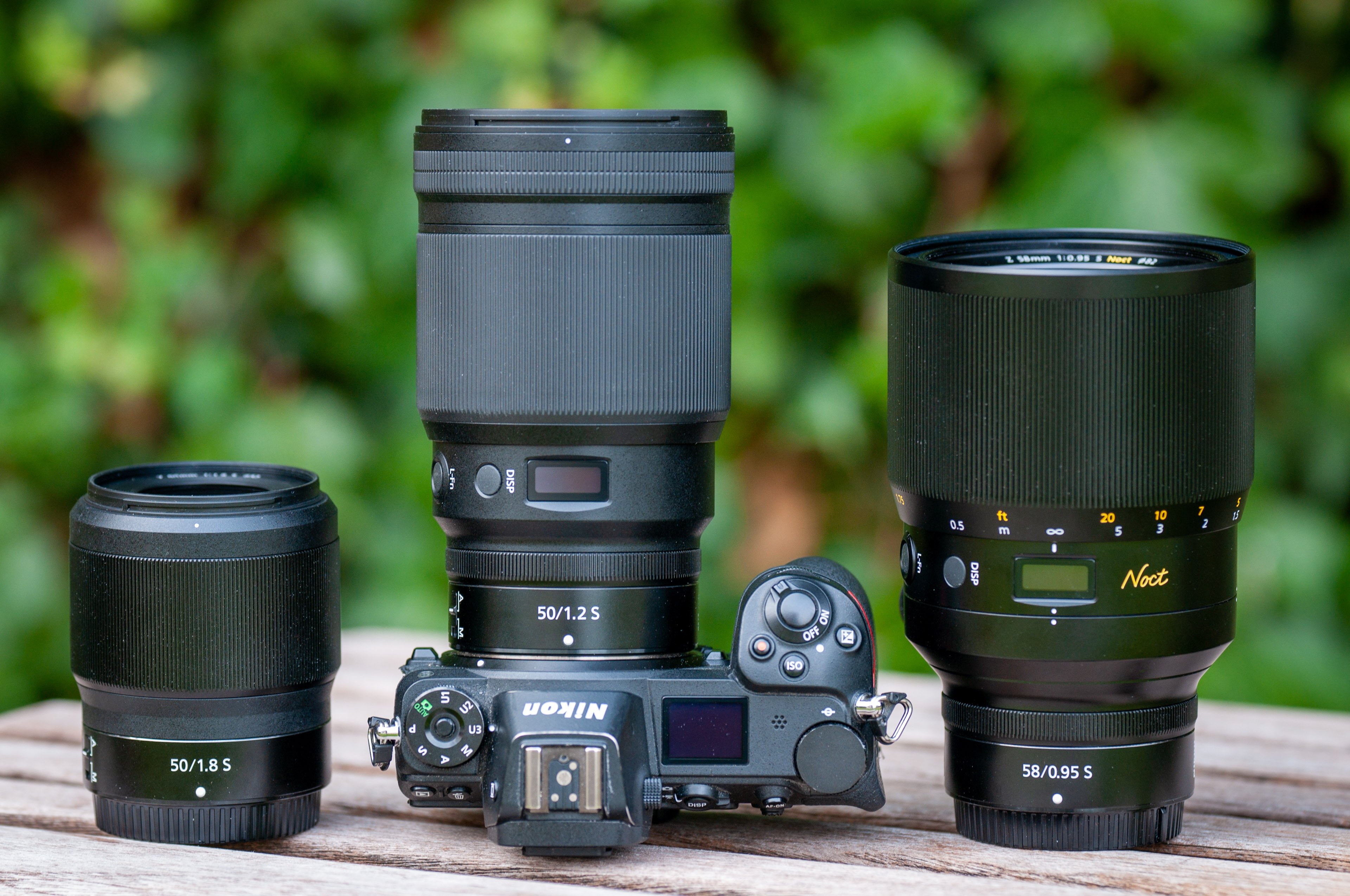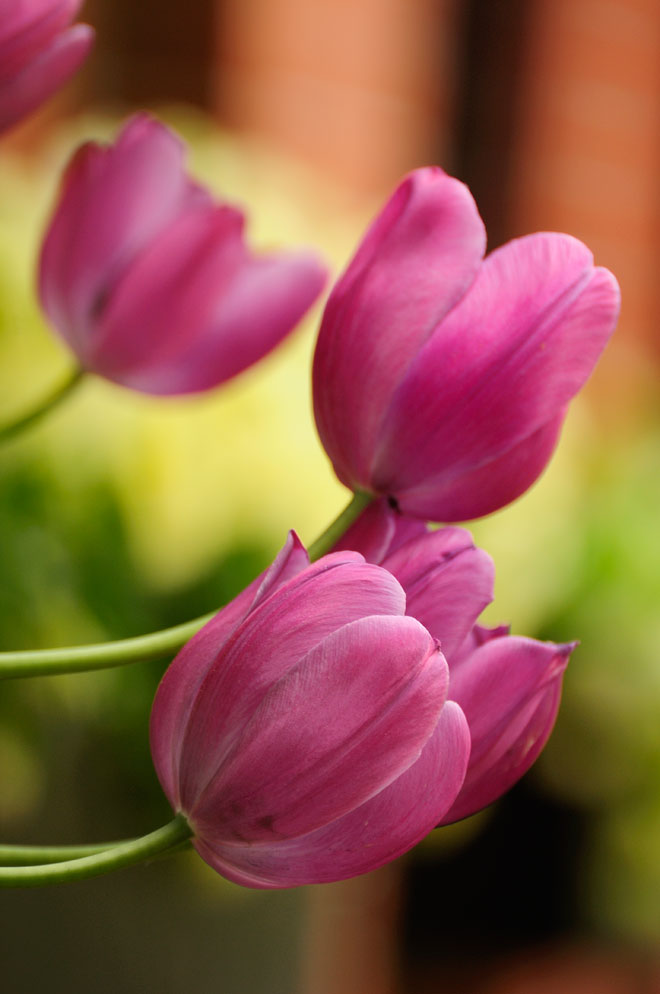

With the light source further away from the image centre, internal vignetting will lead to a cats eye (or lemon) shape instead of round Bokeh Balls (This effect is more pronounced at large apertures).Īs usual, I used a black background cloth to maximize the contrast.Upon stopping down the aperture, the Bokeh balls usually lose their round shape (unless the aperture blades are rounded).Canon 1Ds mk III – Canon 85L II f/1.8Īdditionally, these balls take on the shape of the aperture and are influenced by internal vignetting of the lens. These are the result of reflections on leaves, sunlight breaking through and even differences in colours of said leaves. If you look at the upper right half of the image, you notice a lot of circles of different colour and brightness. The effect can also be observed in images with lots of leaves in the background of your subject, which was the case in this picture of a squirrel in Bristol. Some people really like to play with this effect as a background for portraits and such. Usually, you can see this with street lights, candles on a christmas tree, shop decoration, etc. The more out of focus this point source of light is, the larger the ball will be in the image. Sensor size (the larger the sensor, the shallower the depth of field)īokeh Balls occur when a small point source of light is in the out of focus area of a lens.Aperture size (the larger the aperture, the shallower the depth of field and the blurrier the background).Subject distance (the closer the subject is to the camera, the blurrier the background).Without further ado, I can tell you that Bokeh is directly influenced by the following parameters: The subject was really close (the image is not cropped), the aperture was all the way open and the camera has a pretty large sensor. What you can tell from looking at the image and the information provided: Canon 1Ds mk III – Nikkor 50mm f/1.4 Ai f/1.4 Looking at images like this, many wonder how the blurry background was achieved. How do you get stuff to be out of focus in a photograph? On a side note: people who believe that only bright balls of light in the background of an image should be called bokeh are utterly boke (clueless). (See the Wikipedia article for a more precise definition.) In photography, anything that is not in focus, is bokeh (blurry). It has been taken over into the English language with an -h added to the end, to help with the pronunciation: Bokeh. Lastly, boke also means “blurry” or “deliberately out of focus”.

Originally, among other meanings, boke is an insult and means stupid, clueless or unaware, but it’s also the name of the japanese quince, a fruit. In this article, I would like to look at how the contenders handle a large number of bright highlights that are out of focus (oof highlights), I call them Bokeh Balls.Ī future article will focus on the actual rendering of out of focus areas in the background, the bokeh.


 0 kommentar(er)
0 kommentar(er)
